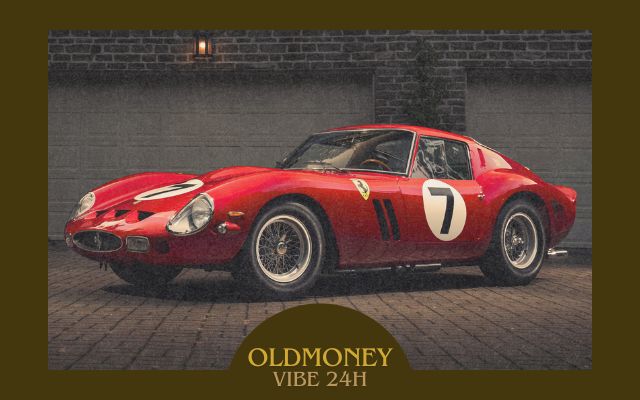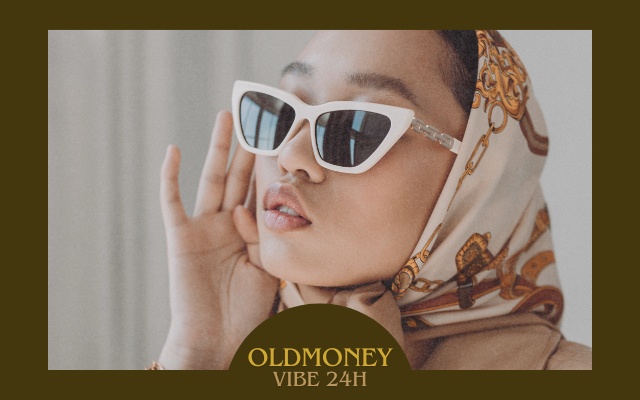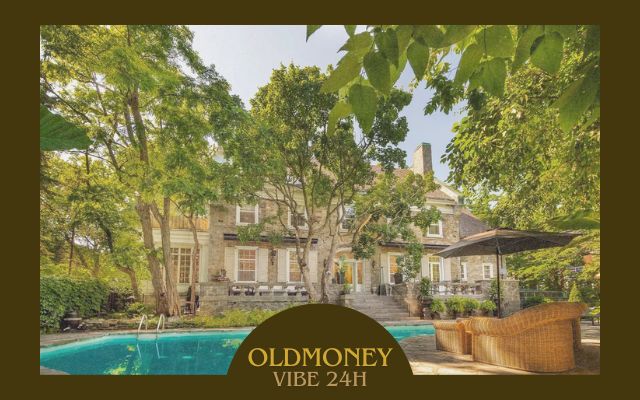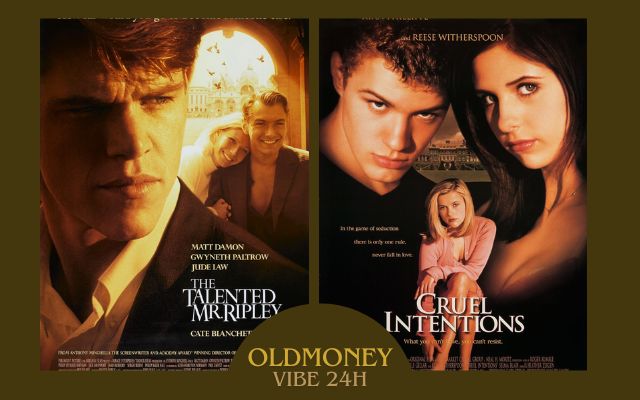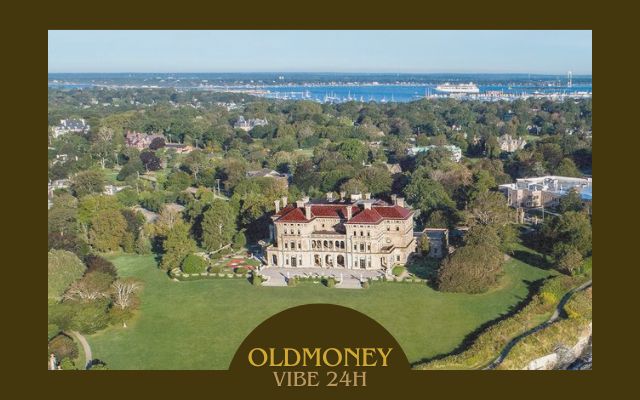Best Old Money Songs – Use This For Your Instagram Story
Old Money songs offer a vibe of sophistication, nostalgia, and confidence. They can make you feel like you can conquer anything. Plus, the music itself – often jazz, swing, or orchestral pop – is simply beautiful. So if you want to feel classy, relaxed, or empowered, give “Old Money” a listen. We hope you like our list below!
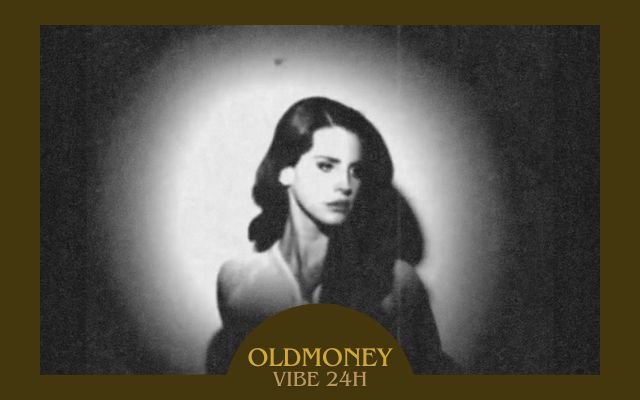
Best Old Money Songs
Glorybox by Portishead
“Glorybox” by Portishead is often considered to have an “Old Money” vibe due to its sophisticated and atmospheric sound that harkens back to a bygone era of elegance and refinement. Released in 1994 as part of their debut album “Dummy,” the song blends elements of trip-hop, jazz, and electronic music, creating a moody and contemplative atmosphere. The track’s smooth instrumentation, led by Beth Gibbons’ soulful vocals and Geoff Barrow’s production, evokes a sense of luxury and introspection. Its slow tempo and melancholic undertones contribute to its allure, resembling music that might be played in the background of a lavish, timeless setting-perhaps a grand estate or an exclusive club where old money traditions and values are upheld. Moreover, the lyrics of “Glorybox” speak to themes of desire, longing, and sensuality, delivered with a sense of restraint and sophistication that aligns with the understated elegance often associated with old money culture. The song’s enduring appeal lies in its ability to evoke a sense of nostalgia and class, making it resonate with those who appreciate timeless sophistication and refined tastes.
Kill Kill by Lana Del Rey (unreleased)
“Kill Kill” by Lana Del Rey, although unreleased officially, is known for its vintage-inspired sound and melancholic lyrics, which contribute to its association with an “Old Money” aesthetic. Lana Del Rey, known for her cinematic and nostalgic musical style, often incorporates themes of love, glamour, and Americana into her songs. “Kill Kill” showcases Lana Del Rey’s signature sultry vocals over a backdrop of lush instrumentation that harkens back to classic Hollywood or a bygone era of wealth and privilege. The song’s narrative may evoke images of romanticized narratives, perhaps echoing the tales of love and tragedy often associated with old money families. While not as widely known as her later releases, “Kill Kill” reflects Lana Del Rey’s early exploration of themes that would later define her musical persona-an exploration of fame, desire, and the complexities of human emotion, wrapped in a veneer of vintage allure. Its unreleased status adds to its mystique, appealing to fans who appreciate Lana Del Rey’s unique blend of nostalgia and modern sensibility.
The World We Knew by Frank Sinatra
“The World We Knew” by Frank Sinatra, released in 1967, embodies the essence of an “Old Money” song through its timeless charm and sophisticated delivery. Sinatra, renowned for his smooth vocals and charismatic persona, brings a sense of nostalgia and elegance to the song. The track’s lyrics reflect on lost love and reminiscences of a glamorous past, evoking a sense of melancholy and longing for a bygone era. Sinatra’s rich, emotive voice paired with lush orchestration creates a cinematic atmosphere reminiscent of a sophisticated gathering or a grand ballroom event-settings often associated with old money lifestyles. “The World We Knew” captures the essence of Sinatra’s appeal as an artist who transcends generations with his ability to convey emotion and storytelling through music. Its classic arrangement and sentimental themes make it resonate with audiences who appreciate the refined tastes and enduring elegance synonymous with old money culture.
Quarto de Hotel by Hareton Salvanini
“Quarto de Hotel” by Hareton Salvanini is renowned for its luxurious and evocative sound, often associated with the “Old Money” aesthetic. Released in 1971, the track blends elements of Brazilian jazz, bossa nova, and orchestral pop, creating a sophisticated and melodic composition. The song’s smooth instrumentation, featuring lush strings and Salvanini’s expressive piano playing, conjures images of upscale lounges or elegant gatherings-settings synonymous with old money affluence and refinement. Its romantic and contemplative atmosphere suggests a narrative of introspection and nostalgia, typical of music that resonates with themes of longing and sophistication. “Quarto de Hotel” reflects Salvanini’s ability to craft music that transcends time, appealing to listeners who appreciate vintage elegance and the cultural richness associated with old money lifestyles. Its enduring popularity among aficionados of sophisticated and nostalgic sounds underscores its status as a classic piece within the genre.
“Money Money Money” by ABBA
“Money Money Money” by ABBA, released in 1976, captures the essence of materialism and aspiration often associated with the “Old Money” lifestyle. The song’s upbeat tempo and catchy melody contrast with its underlying theme of financial longing and the pursuit of wealth. Lyrically, “Money Money Money” portrays a narrative of striving for a better life through financial success, reflecting the aspirations of individuals within affluent circles. ABBA’s signature harmonies and lively instrumentation underscore the song’s energetic portrayal of material desires and the allure of financial security. Moreover, the track’s playful yet introspective tone resonates with audiences drawn to narratives of wealth and luxury-themes that align with the image of old money culture, where financial stability and social status are integral. “Money Money Money” remains a timeless anthem that captures the universal desire for prosperity and the lifestyle often associated with inherited wealth and privilege.
Back to Black by Amy Winehouse
“Back to Black” by Amy Winehouse, released in 2006. The song, known for its bluesy jazz influences and Winehouse’s distinctive voice, delves into themes of heartbreak, addiction, and self-destruction. Lyrically, “Back to Black” explores the aftermath of a tumultuous relationship and the emotional turmoil that accompanies it. Winehouse’s haunting vocals and the song’s melancholic instrumentation evoke a sense of timeless elegance tinged with tragedy-a narrative often associated with old money narratives of love and loss. Musically, the track’s retro-inspired sound and vintage production add to its nostalgic allure, reminiscent of a bygone era of jazz clubs and romantic ballads. Winehouse’s candid expression of pain and vulnerability resonates with audiences drawn to narratives of passion and despair, encapsulating the complexities of life within affluent circles.
A Man Without Love by Engelbert Humperdinck
“A Man Without Love” by Engelbert Humperdinck, released in 1968, embodies the sentimentality and romanticism. The song, characterized by Humperdinck’s rich baritone and lush orchestration, explores themes of heartache and longing in a poignant manner. Lyrically, “A Man Without Love” depicts the despair of lost love and the yearning for companionship, resonating with themes of unrequited affection and emotional depth-elements that typify narratives within affluent circles where love and romance are often intertwined with societal expectations. Musically, the track’s melodious arrangement and emotive delivery evoke a sense of nostalgia and timeless elegance, reminiscent of grand ballroom dances or intimate soirées. Humperdinck’s ability to convey emotion through his powerful vocals enhances the song’s appeal, capturing the essence of melancholic beauty and refinement associated with old money culture.
Put Your Head on My Shoulder by Paul Anka
“Put Your Head on My Shoulder” by Paul Anka, released in 1959, evokes a sense of timeless romance and elegance. The song is renowned for its gentle melody and Anka’s smooth vocals, which capture the innocence and sincerity of young love. Lyrically, “Put Your Head on My Shoulder” expresses sentiments of affection and tenderness, resonating with themes of intimate moments and heartfelt emotions-themes often associated with the refined courtship rituals within affluent circles. The song’s nostalgic lyrics and gentle rhythm create a soothing and romantic ambiance, ideal for quiet evenings and romantic encounters. Musically, the track’s orchestration and Anka’s crooning delivery contribute to its classic appeal, reminiscent of a bygone era of ballroom dances and sentimental serenades. Its enduring popularity reflects its ability to evoke feelings of nostalgia and romance, making it a cherished piece among listeners who appreciate the timeless elegance and emotional depth associated with old money culture.
Hozier – Take Me To Church
“Take Me to Church” by Hozier, released in 2013, diverges from the traditional associations with an “Old Money” aesthetic. The song addresses themes of love, sexuality, and religion in a contemporary and socially conscious context, rather than focusing on the nostalgia or elegance typically associated with old money lifestyles. Hozier’s soulful vocals and the song’s powerful lyrics challenge conventional beliefs and explore deeper societal issues, making it a modern anthem for self-discovery and personal expression. Its evocative music video further underscores its thematic complexity, depicting themes of oppression and freedom in a visceral and poignant manner. While “Take Me to Church” has resonated deeply with audiences worldwide for its emotional depth and thought-provoking content, it aligns more closely with modern interpretations of love and spirituality, rather than the refined, timeless elegance often associated with old money culture.
Old money – Lana Del Rey
“Old Money” by Lana Del Rey, released in 2014. The song is part of Lana Del Rey’s album “Ultraviolence,” known for its cinematic and retro-inspired soundscapes. Lyrically, “Old Money” reflects on themes of privilege, nostalgia, and lost love, portraying a wistful longing for a bygone era of elegance and wealth. Lana Del Rey’s ethereal vocals and the song’s orchestral arrangement create a sense of longing and introspection, reminiscent of classic ballads that evoke images of grand estates and sophisticated gatherings. Musically, the track’s lush instrumentation and haunting melodies evoke a sense of timeless sophistication and glamour, characteristic of narratives within affluent circles. Its introspective lyrics and evocative storytelling resonate with listeners drawn to the allure of old money culture, where emotions and desires are intertwined with tradition and legacy.
Best Old Money Songs Playlist
1.
2.
3.

